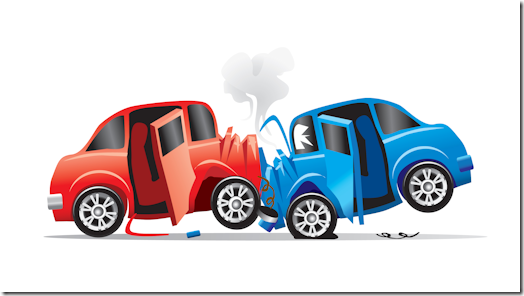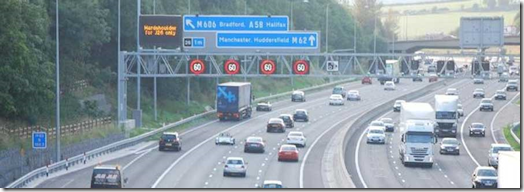 Back in the day, when I first got into technology, the go-to place for all your bits and pieces was Maplin Electronics.
Back in the day, when I first got into technology, the go-to place for all your bits and pieces was Maplin Electronics.
Back then, pretty much all they supplied was electronic components, and it was all done through mail order using order forms, with items being selected from a catalogue which rivalled the old-style phone directories in size. When I was very young, the Dandy or Beano annuals were the most eagerly anticipated publications of the year. If you were into electronics, the new Maplin catalogue was the thing.
Maplin was the cheapest source of small quantities of components to the hobbyist. It also had the most extensive range.
I built my first AM radio receiver from a Maplin circuit (making my own printed circuit board). I also built my first modem from a Maplin kit – a 300 baud device in a large blue box (I might still have it somewhere). I also built or repaired dozens of other things thanks to them, and learned a lot, too.
As I got older, and computers appeared on the scene, I spent less time building varied circuits and began to focus on computer-specific ones. As more time passed, there was an ever-declining need to build anything at all. This shift affected Maplin, and they branched out into retail consumer electronics. In those early days of supplying components, I think they only had two actual shops, and I dreamed of one opening near me. Nottingham has two Maplin stores now, and there are 217 around the country.
In my opinion, a large part of the problem was that most of the stuff they began selling was overpriced and non-branded. You could get better for much less money online. Electronic components were still available, but hidden in the back of the store, and the range was drastically reduced – even more so if you wanted it to be in stock right now for an emergency. And the staff were not always as helpful as you’d expect. I remember one time not that long ago waiting to be served at the click-and-collect in one branch, and the staff repeatedly walked past me, looked at me, and ignored me as they congregated in a group on the other side of the shop floor (until I yelled across that I was waiting to be served). Don’t get me wrong – other times they were great… but not always.
But if only for the sake of nostalgia, it was a shame to hear that they have gone into administration.
Irrespective of my own potted history linking to their current situation, Maplin as a retailer has been hit hard by the fall in the value of the GBP due to Brexit. Indeed, Brexit is cited as a significant factor in their collapse.
 The local BBC newsfeed has done away with news other than to report page after page of school closures due to the snow. But this one made me laugh.
The local BBC newsfeed has done away with news other than to report page after page of school closures due to the snow. But this one made me laugh. The local BBC newsfeed has a comment where a local school – Burntstump Seely – has set some “homework” for children, while the school is closed due to snow. It shows a photograph of the poster the school has put up (or possibly emailed) for the children (above).
The local BBC newsfeed has a comment where a local school – Burntstump Seely – has set some “homework” for children, while the school is closed due to snow. It shows a photograph of the poster the school has put up (or possibly emailed) for the children (above). A couple of days ago, I updated my article on
A couple of days ago, I updated my article on  It’s about 50 years overdue, but after the recent yes-it-is-no-it-isn’t nonsense, we now know once and for all that
It’s about 50 years overdue, but after the recent yes-it-is-no-it-isn’t nonsense, we now know once and for all that  Back in the day, when I first got into technology, the go-to place for all your bits and pieces was Maplin Electronics.
Back in the day, when I first got into technology, the go-to place for all your bits and pieces was Maplin Electronics. Or, what the media insists on referring to as “The Beast from the East”.
Or, what the media insists on referring to as “The Beast from the East”. After the recent tragedy in Florida, and yet another mass shooting spree in a school, with multiple fatalities, it seemed like the time had finally come for America to realise that virtually unrestricted gun ownership had to be curtailed.
After the recent tragedy in Florida, and yet another mass shooting spree in a school, with multiple fatalities, it seemed like the time had finally come for America to realise that virtually unrestricted gun ownership had to be curtailed. Well, I’m on a voyage of discovery, just lately. It might have something to do with getting older and worrying more about my health. On the other hand, it might just be that I simply have too much time on my hands, sometimes.
Well, I’m on a voyage of discovery, just lately. It might have something to do with getting older and worrying more about my health. On the other hand, it might just be that I simply have too much time on my hands, sometimes. Anyone tell me when it starts?
Anyone tell me when it starts?